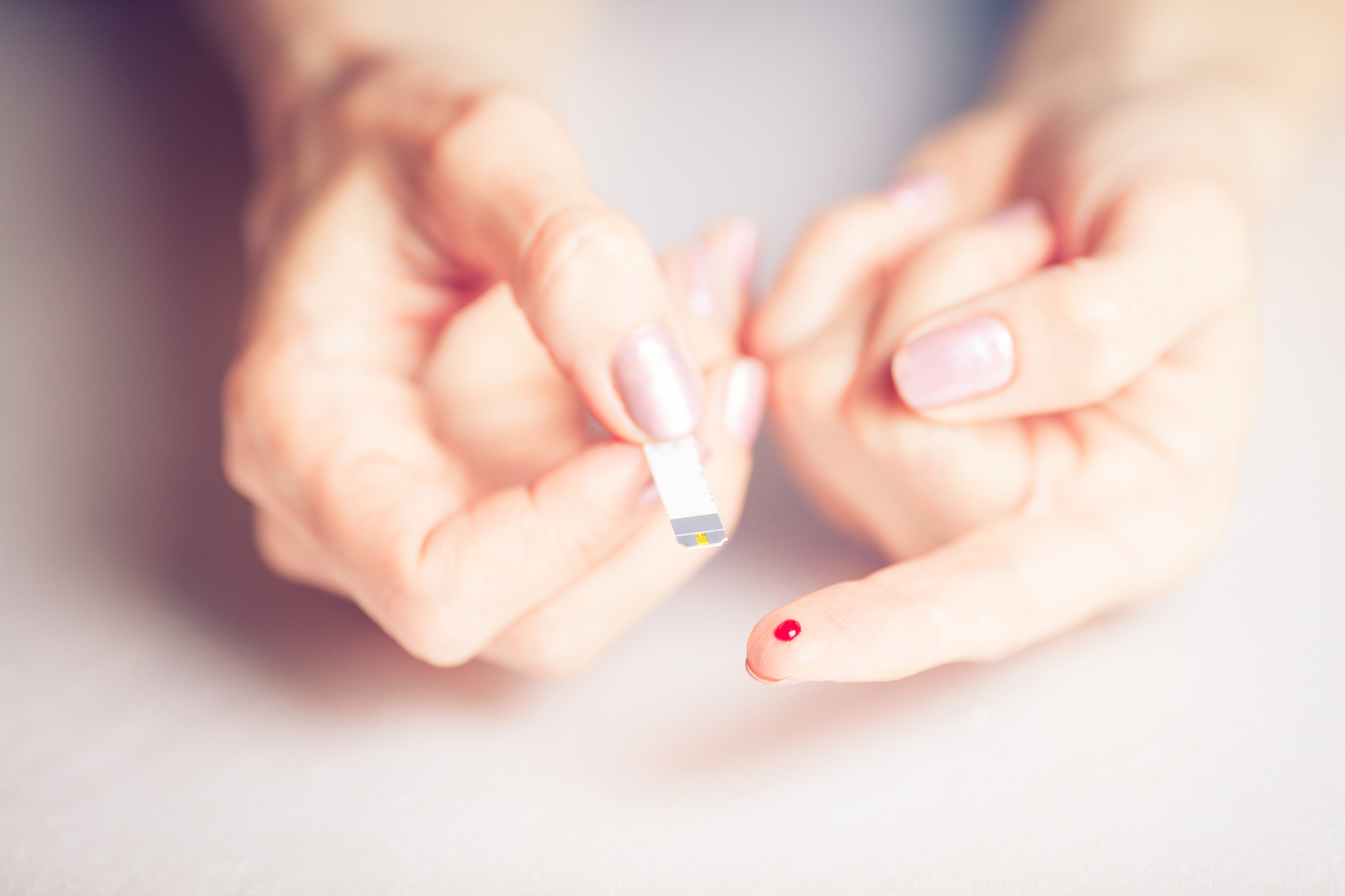

Every January, fat’s in the crosshairs of health columnists, fitness magazines, and desperate Americans. This year, PopSci looks at the macronutrient beyond its most negative associations. What’s fat good for? How do we get it to go where we want it to? Where does it wander when it’s lost? This, my friends, is Fat Month.
The unpleasant truth about weight loss is that almost no one achieves it. Most people can lose some weight, but few will secure lasting results. This is due in part to a complex suite of hormones and proteins that re-adjust as we gain, in essence resetting our baseline body weight and trying to keep us at our new, higher mass.
So for obese patients—especially the morbidly obese—bariatric surgeries can be life-changing. They can help people lose over 50 percent of their body mass, but these surgeries can also help reverse the biggest health problem most overweight patients face: type 2 diabetes.
We usually think of diabetes as a lifelong disorder that has to be managed (and type 1 diabetes is exactly that), but bariatric surgery actually has the capacity to put type 2 diabetes into remission. And that makes it an enormously useful tool to help patients who’ve exhausted their other options.
What is bariatric surgery?
You probably know it best as “gastric bypass,” but there are actually several types of bariatric surgery. The Roux-en-Y gastric bypass, which is the most well-known, is where a surgeon essentially attaches the very top of the stomach to the small intestines, thereby bypassing the main stomach cavity. It works primarily by controlling how much you can eat. The new, tiny stomach holds less, so patients feel satiated with a much smaller amount of food. Think about how little you want to eat when you’re super full, then imagine if you felt that way after eating half a bowl of cereal. You’d take in way fewer calories.

It’s mainly this calorie restriction that helps patients shed pounds, but that’s only part of how the procedure puts the kibosh on type 2 diabetes.
Your guts have hormones too
Though we don’t often think of it this way, diabetes is an endocrine disease—that is, a disease of hormones. Aside from testosterone and estrogen, your body produces many different hormones that aren’t related to sex at all, and some of them control your hunger or satiety. These gut-related hormones are part of how excess body fat causes type 2 diabetes. The precise mechanisms aren’t clear yet, but we know that gut hormones help control insulin and blood sugar levels, and that type 2 diabetes is essentially a disease of insulin dysregulation. Either the body makes far too much in response to high blood sugar levels, it or doesn’t make enough.
Gastric bypass seems to help diabetic patients by changing the way their body regulates gut hormones. This may be because there’s no more stomach cavity, or perhaps because a small section of the intestines where these hormones might be stimulated is removed—no one is quite sure. But we do know that around two thirds of patients who get gastric bypass don’t require any medication to treat their diabetes, and they stay that way for years (follow-up studies have only gone out five years so far).
The weight loss itself also helps, since shedding body fat improves diabetes generally, but patients on traditional medication and weight loss interventions don’t see nearly the same improvement. In fact, many of them are in exactly the same position at the five-year mark as they were on day one, while their surgically-enhanced counterparts have often put their diabetes into remission.
Some other bariatric surgeries are just as good for diabetics
As we said earlier, gastric bypass is only the best-known of the bariatric surgeries. There’s also an adjustable gastric band, which is exactly what it sounds like: a band that creates a smaller stomach pouch over time as it’s tightened. It’s not the most effective method for either weight loss or diabetes improvement, but it is (relatively) easy and fast, and has the lowest rate of surgical complications.
Another method is the sleeve gastrectomy, which doesn’t so much put a sleeve on the stomach as it does make the stomach look like a sleeve. By removing part of the organ, surgeons can make it smaller and more tubular. This method seems to be just as effective as full gastric bypass in terms of both weight loss and diabetes remission—people lose about 50 percent of their body mass and a majority of patients see improvement in their gut hormone regulation.
There’s also a “biliopancreatic diversion with duodenal switch gastric bypass,” which is a very complicated way of saying that you do a sleeve gastrectomy, but then also hook up the new tubular stomach directly to the last part of the small intestines (right before you get to the large intestines). This bypasses much of the stomach and most of the small intestines, and is actually even better at inducing weight loss than just straight gastric bypass.
So does this mean we’ve found a cure for diabetes?
Alas, no. First of all, the surgery doesn’t work for everyone. All surgeries come with the baseline risk of getting general anesthesia, and of course with someone cutting you open. Wounds can get infected and anesthesiologists can make mistakes. It’s rare, but it happens. There’s no perfectly safe surgery. And gastric bypass only works as a weight-loss intervention because it pushes you to make drastic lifestyle changes, so even those who might benefit on several health metrics are right to consider the procedure carefully. Secondly, the surgery doesn’t so much “cure” diabetes as it does treat it.
More importantly, surgeons aren’t presenting bariatric surgery as a treatment specifically for diabetes. Putting the disease into remission is simply an incredible side effect of a surgery intended to treat obesity. No one is recommending an operation to treat diabetes directly—though future research might offer a way that we could.